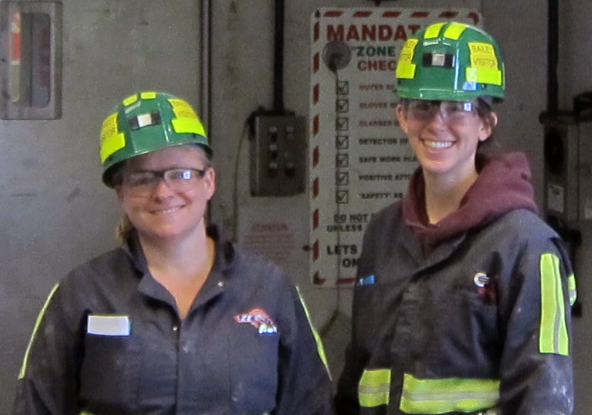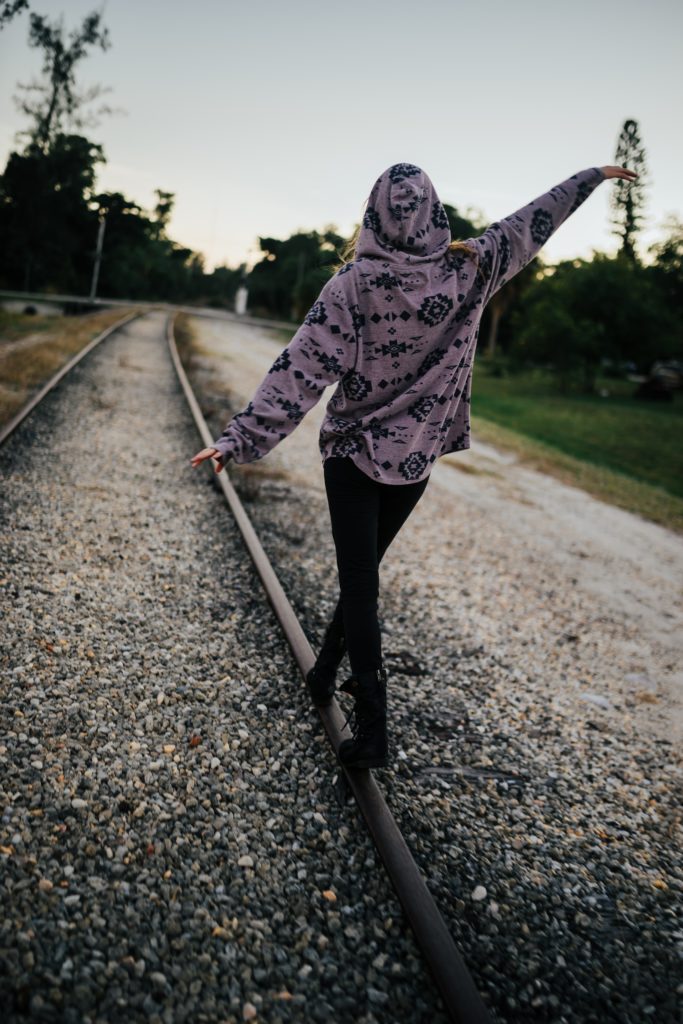When I started our Designing for the Age Enhanced series, I thought the articles would be informative and fun to write. But, since I’m in my 40s, I have to admit that being reminded about how bad my eyes and ears are already getting, what’s going to happen to my senses of smell and taste, and how I’m going to forget where I parked my car has gotten depressing. This series should have been titled Getting Older Sucks.
In this last article of the series, I want to discuss the changes that happen to your sense of touch as you age, as well as the changes you experience in other related senses. “Wait,” you might be thinking, “what other senses?” No, I’m not talking about a supposed sixth sense. You actually have several other senses beyond the basic five that allow you to interact with the world.
What are these other senses?
Let’s start with this … close your eyes and raise your arm, and then tell me where your arm is in relation to your head. Above it? Below it? At the same level? Close by? Farther away? That’s proprioception at work. It’s your sense of the relative positions of the various parts of your body. Now pick something up and tell me how much effort you needed to expend to do it. Your awareness of the strength you had to use is also part of proprioception.
Stand up and walk around. What keeps you from falling over? That’s equilibrioception, or your sense of balance. If you start to lose your balance, you know it, and you can make minute corrections to keep from falling over. It’s the result of several systems working together, including organs within your inner ear, your muscles, and your skeletal system.
Step outside and tell me how warm it is. If you’re here in Pittsburgh, summer is winding down and the mornings are almost chilly enough for a jacket, but by afternoon, it’s still hot enough for a trip to the pool. That’s thermoception.
Finally, let’s talk about pain — your sense of pain, that is, which is called nociception. We used to think that pain was just caused by other receptors (like those for sound and smell) becoming overloaded. But now we know that there are receptors in the body that only respond when tissue becomes damaged by intense chemical, mechanical, or thermal stimuli (e.g. respectively, shampoo in your eye, someone stepping on your toe, or touching a hot pan).
How are these other senses affected by aging?
If you’ve read the previous articles in this series, you probably have a good idea of what I’m going to say.
Your skin, which houses the receptors for touch, temperature, and pain, is your first line of defense against all sorts of harmful factors: sun, wind, heat, cold, contaminants, disease, etc. As you age, the outer layers take a lot of wear and tear from those things. At the same time, in the deeper layers of your skin, the elastin and collage — the things that give skin its elasticity and softness — begin to break down, causing your skin to become drier, thinner, and less elastic. When combined with decreased blood flow and the slowdown in the transmission of signals that also occur as you age, the result is less sensitivity to pressure, vibration, temperature, and pain (starting in your 50s, typically).
Less sensitivity to pressure, vibration, temperature, and pain? That’s not so bad, right? Unfortunately, those senses keep you safe. Without them, the world is a very dangerous place. If you were to put your watch on too tightly, the pressure would become uncomfortable; if you don’t loosen it, that pressure would give way to pain as the watch rubs your skin. But what if you couldn’t tell that your watch was too tight? What if you couldn’t feel that the rubbing of the band on your skin caused a blister? What if you couldn’t feel if that blister got infected? Not a pretty picture, is it? The lack of pain doesn’t mean there is no injury.
In addition to becoming less sensitive to pressure and pain, as you age it also becomes harder to tell the difference between warm and hot or between cool and cold, leading to a greater chance of being burned or frostbitten. Again, the damage is still there, even if you can’t feel it.
Finally, your senses of proprioception and equilibrioception also diminish as you age. You lose awareness of where your body is in space and where the parts of your body are in relation to each other, so it becomes easier to injure yourself by accidentally colliding with furniture and door frames (which I already do frequently enough). In terms of balance, about 30% of the population over 65 report balance issues, and those numbers increase to 40% when you look at the over 75 population. Both of these lead to a greater risk of falling and the accompanying injuries.
So what do all of these mean for design and our interactions with the products around us as we age?
The loss of touch makes it more difficult for older adults to interact with touch screens, as it is harder for them to realize when they are making that physical connection with the screen. But it is also harder for them to use physical controls, particularly those that are small and shallow (large button phones and calculators don’t just compensate for reduced vision). Finally, because of the reduced sensitivity to touch and vibration, haptic feedback tends not to be detected as well by older adults, so haptic feedback should be paired with visual or auditory feedback to increase the likelihood of detection.
In terms of physical products intended for older adults, it becomes even more important to eliminate any sharp edges, angles, and pinch points than it is with children. While no one wants kids to get hurt, they at least know that they got hurt (and will let you know it). The older person may not know if they caught themselves on a sharp corner or pinched their skin on a poorly designed joint.
So, there you have it — the changes that happen to your senses as you age. Of more importance is what these changes mean for the products that we use, and for those of us in product development, what it means for the design of those products. To successfully design for the user, you must be able to step outside of yourself and into the shoes of your user.
 Most successful designers can easily put themselves in the shoes of the average, everyday user, and with a bit more planning and effort, the shoes of the coal miner (pictured left), the construction worker, or the train engineer. But it’s much harder to identify with people whose very existence differs from your own … the differently-abled, the aged, and the very young. I hope that this series has given you some insight that will help you identify with some of those users as well.
Most successful designers can easily put themselves in the shoes of the average, everyday user, and with a bit more planning and effort, the shoes of the coal miner (pictured left), the construction worker, or the train engineer. But it’s much harder to identify with people whose very existence differs from your own … the differently-abled, the aged, and the very young. I hope that this series has given you some insight that will help you identify with some of those users as well.
Feature image by Buntysmum | Pixabay License, Dog Photo by Cristina Anne Costello on Unsplash; Balance Photo by Eddie Kopp on Unsplash


